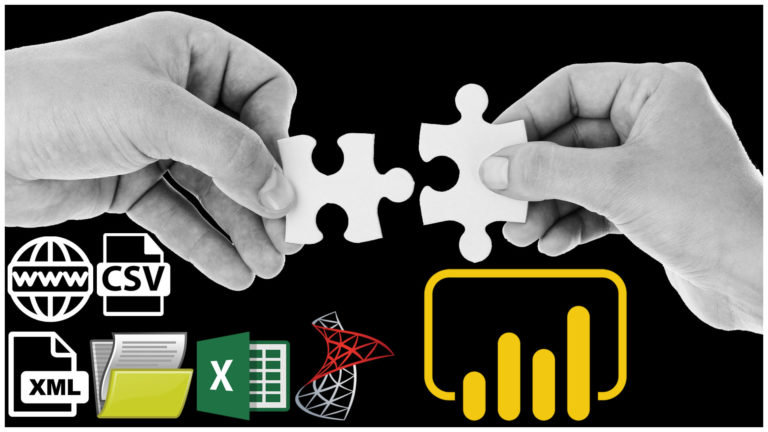Emigo Data Source
Power Query is a powerful data transformation tool that is built into Power BI. It is used to connect, transform and load data from a variety of sources. One of those sources is the Emigo Data Source, which is a popular data source used in many organizations.
In this article, we will discuss how to use Power Query’s M language code to connect to the Emigo Data Source data source from inside Power BI. We will go step-by-step through the process of connecting to the Emigo Data Source and show you how to create a basic report using the data.
Step 1: Load the Emigo Data Source
The first step is to load the Emigo Data Source into Power BI. To do this, open Power BI and select the “Get Data” button from the Home tab. From the list of data sources, select “Emigo Data Source” and click “Connect.”
Step 2: Connect to the Emigo Data Source
After you have loaded the Emigo Data Source, you will need to connect to it. To do this, click on the “Edit Queries” button from the Home tab. This will open the Power Query Editor, where you can modify your data source.
Next, click on the “Data Source Settings” button from the “Home” tab. This will bring up the “Data Source Settings” dialog box. Here, you will need to enter your Emigo Data Source connection information, including the server name, database name, username, and password.
Once you have entered your connection information, click “OK” to save your changes. Your Emigo Data Source data source will now be connected to Power BI.
Step 3: Create a Basic Report
Now that you have connected to Emigo Data Source, you can create a basic report using the data. To do this, click on the “Report” button from the main Power BI window. This will open the Power BI report designer.
Next, drag and drop the fields you want to include in your report from the “Fields” pane onto the report canvas. You can also use the visualization tools to create charts, tables, and other visualizations of your data.
Step 4: Customize Your Report
Once you have created a basic report, you can customize it to meet your specific needs. To do this, use the “Format” tab in the visualizations pane to change the colors, fonts, and other visual properties of your report.
You can also use the “Fields” pane to add or remove fields from your report. To do this, simply drag and drop the fields you want to include onto the report canvas, or remove them by dragging them off the canvas.
Conclusion
In conclusion, Power Query’s M language code is a powerful tool for connecting to the Emigo Data Source data source from inside Power BI. By following the steps outlined in this article, you can quickly and easily connect to Emigo Data Source and create custom reports using your data.
Remember, the key to success is to stay organized and follow a logical process. With these tips, you’ll be well on your way to mastering Power Query and creating great reports!









